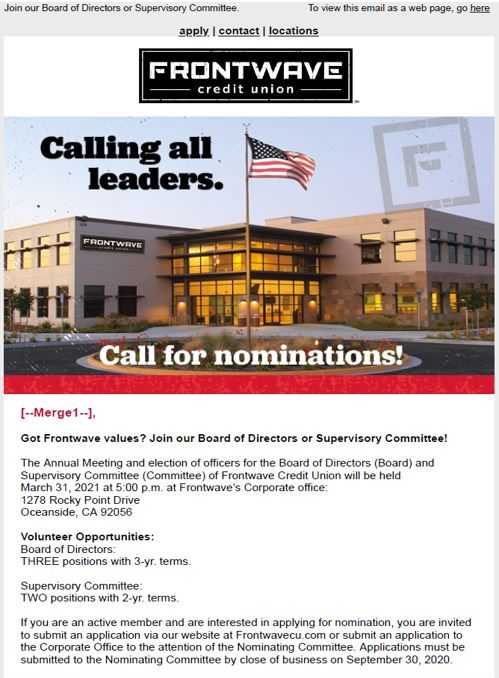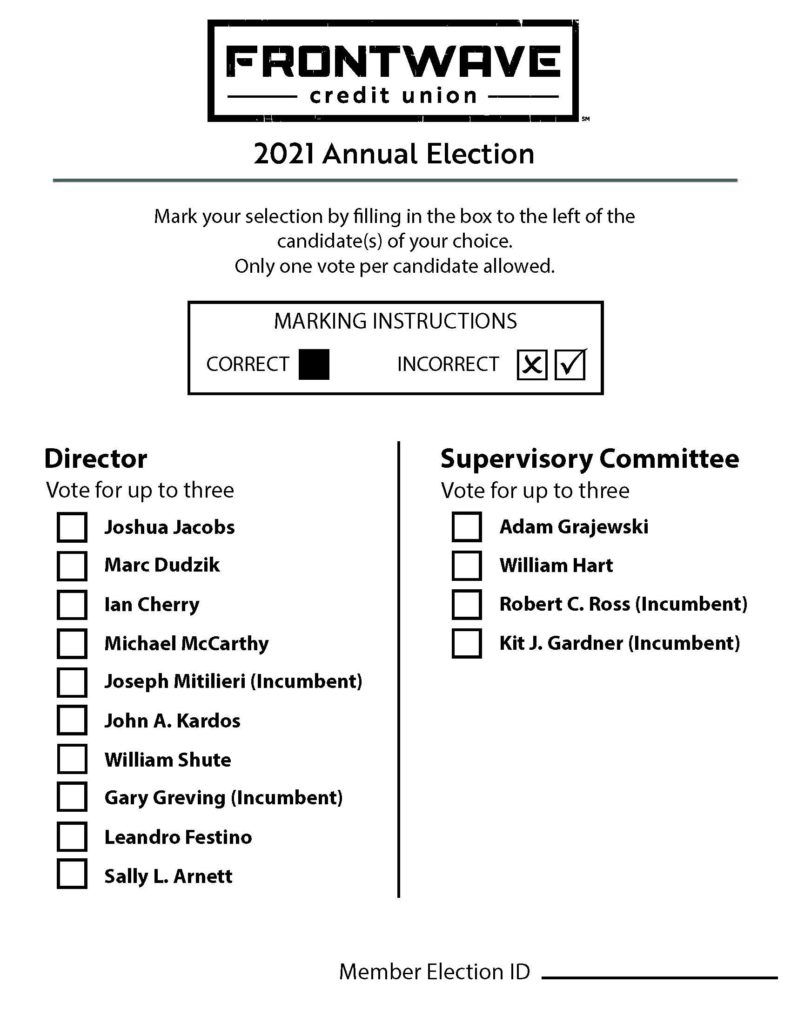A CEO recently shared his response to the question: What are you optimistic about for the future of credit unions?
My optimism lies with the “human spirit” in us all. We believe that our communities need new solutions. We believe that local is the best place to start new initiatives that count on people as the capital. We believe that volunteers are our most critical resource. We believe that we must forge relationships as the bond for problem solving. We believe we are the catalyst to securing our families and communities futures.
This answer was inspirational, but was it realistic? Then I learned of the efforts to launch a new coop called The Deep Grocery.coop.
It is a worker-owned grocery cooperative dedicated to bringing to the East Oakland community fresh organic produce and general food items, education on a healthy food choice, and local control.
The Year-long Effort to Launch
I talked with one of the four lead organizers Erin Higginbotham. All are college graduates with backgrounds in education, technology, food and restaurants and one with a food coop. They live in the community they serve. The effort evolved from conversations with their neighbors including a survey and an Instagram post seeking participants.
A model for their vision was Mandela Grocery Cooperative serving West Oakland. In 2020 the organizers began training with this established firm. From that experience the group tested their products at farmer’s markets. In December, they began crowd funding to raise capital. Almost $100,000 was collected from grants, community donations and local support to begin the first steps of their independent launch, an online grocery service operating from a commercial kitchen. Additional plans include converting a shipping container into a functional store prior to finding a brick-and-mortar location.
The produce listed on their web site is from local farmers. Through trial and error, they have learned how to meet the community’s needs while also trying to educate the buyers on healthy food choices. They have begun filling online orders and are seeking a site for a store/ community center that will be welcoming and inviting.
Why a Coop?
I asked why the group choose a coop structure. Erin replied “it was all about our neighborhood, to spark entrepreneurs and to give everyone a voice. We want to empower and impact the whole community.” Only one organizer had experience with this option.
They work with a local branch of Provident Credit Union which has always been “super responsive and helpful.” By the end of the year, they want to expand the number of East Oakland families served, attract more people to better food options, and promote local participation in this alternative economic system. DEEP is an acronym for “Deep East Oakland Empowering People.”
Acta Non Verba, a local 501 C3, has been a sponsor. “Actions not words” is a fitting description as these organizers learn by doing and visiting other coops.
The Key to this Effort
This startup demonstrates the critical nature of the “human spirit” at the heart of heart of every coop and a key factor in credit union expansion. Will they succeed in their efforts to create a Mandela grocery clone in East Oakland?
I go again to the words of the CEO above:
Everyday new leaders want to step up, seeking new ways to address old problems. They do so in the face of pressure, in the face of economic times, in the face of community challenges, and not based on the personal financial motivations.
It is far different, far harder for both the volunteer and the needy consumer-owner searching for their community’s best options than it is for paid professionals to run an existing solution.
Coop professionals must support these people’s efforts with the balance, creativity, and respect for their drivers as artfully as we can.
His response to the question of whether this startup, or any coop, will endure is: People are why I am optimistic about the future.


